You don’t need a camera in hand to become a better photographer. Though mental practice alone, you can improve your photography skills. The key is to move while you imagine.
Jim Austin, M.A. covers four steps for visualizing without the camera. The goal is to improve your pictures and make your performance smoother….
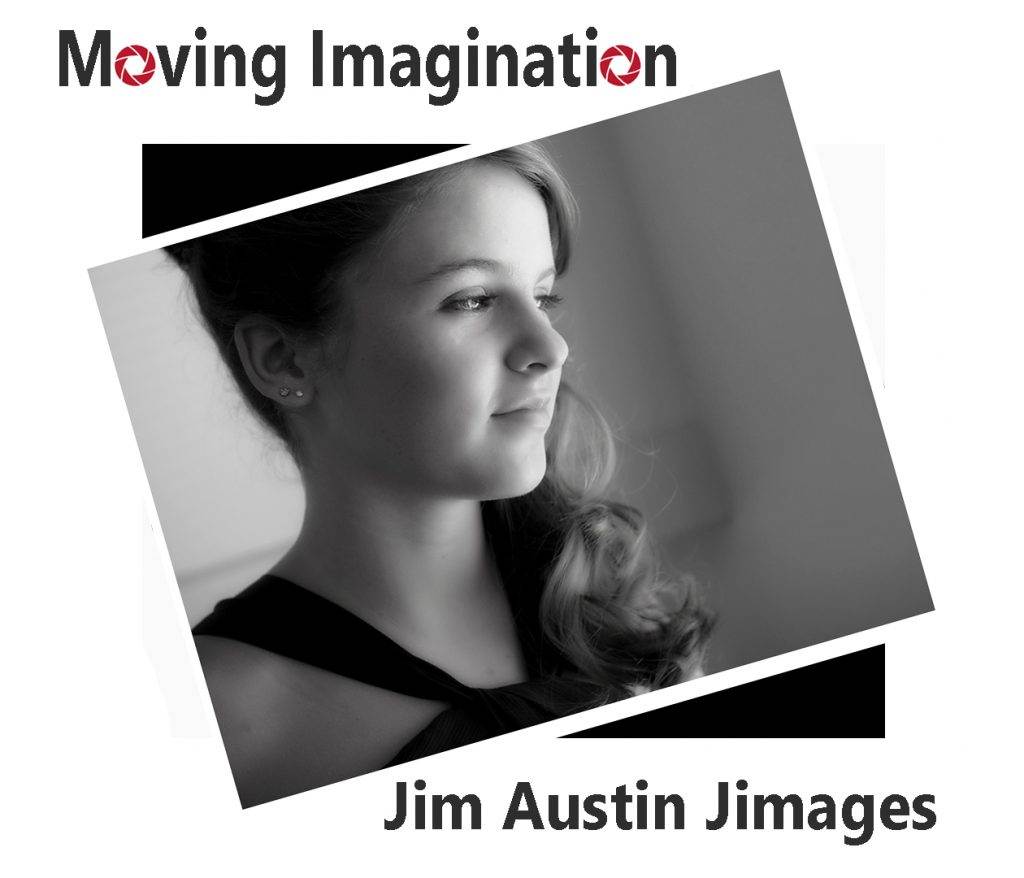
This type of visualization toward a specific goal, where you create mental images while you mimic real world moves, may also improve your concentration.
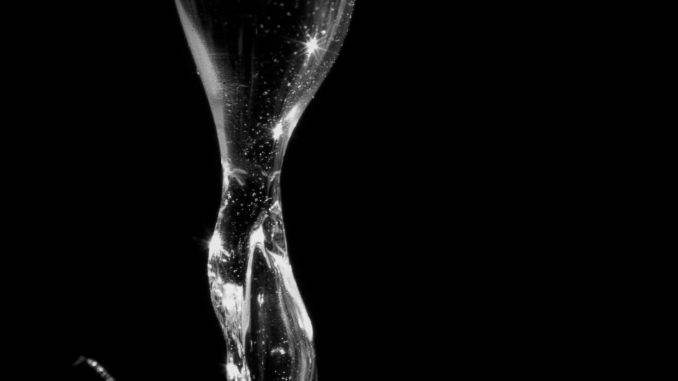
No Camera
No camera is involved when we train our brain with our visualization. magination. Visualization here means mentally imagining a specific sequence in photographing a scene. This imaginative visualization extends a key concept in photography.
It takes even further the idea of “seeing the final picture in your mind’s eye,” the visualization that Ansel Adams talked about, to a more structured practice, instead of the “quick and instinctive process” that Adams discussed.
This camera-free visualization technique comes from experience and research. Here are just three examples.
ON the GREEN: Example 1
Imaginative visualization plays a key role in athletic performance. Golfer Arnold Palmer used his imagination to “see” the ball go in the hole and “will” it there. Like top athletes, top photographers can also fire up their visual imagination for successful sessions.
OFF the Court : Example 2
Take three basketball teams who practiced their free throws. Team One practices free throws on the court and shoots for twenty minutes daily. Team Two does not even get on the court or touch the ball, but visualizes making winning free throws. Team Three does not visualize or practice.
The psychologist Alan Richardson set up these three teams in a study to see how they would do.
The results? You guessed it. Team Two, the guys that visualized, were almost as good at free throws as Team One, who practiced physically for 20 minutes each day.
MADONNA’S Moves: Example 3
Madonna? Yes, Madonna has been a successful pop superstar for over 30 years. Her moves are as smooth and captivating as her vocals. Her secret is practice, and moving while she visualizes. Madonna practices hard every afternoon and always does a ‘dry run’ sound check of her entire show before every performance.
This allows the source of muscle memory – the cerebellum in her brain- to relax and rehearse each move in advance. Each move gets locked in like back button auto-focus.
As Madonna imagines her dance and vocal moves, in essence all the spheres of Madonna’s brain –visual, motor, executive–are working in harmony together as she does her visualization and moves together.
Pro photographers do the same thing. How? To engage their whole brains working together for optimal performance, they visualize and add movement.
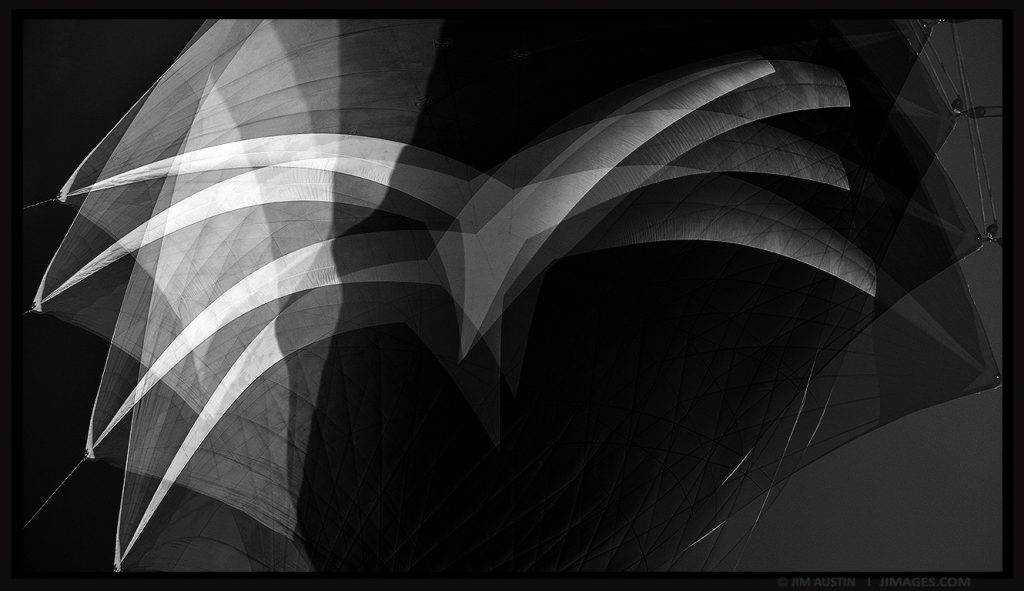
VISUALIZATION for Photographers : 4 Steps
Visualization, or mental imagery, is a technique of focusing on positive mental images to achieve a goal, without the camera, in the absence of an external event or scene. In four steps, any photographe can learn visualization.
- Start by Relaxing: Sit quietly, take a couple of deep breaths. Let go of other thoughts. Close your eyes. This works better in your quiet spot, where nothing interrupts you. I do it in the morning and right before I go to bed on the night before the scheduled shoot.
- Imagine the Environment: Start by imagining your camera, it’s memory, battery, controls, focus setup and its lens. Try to refine and develop your mental picture until you have a clear and defined view in your mind. Use all your senses, sight, touch, sound and even smell.
- Add Details: Now sharpen the picture. Imagine yourself coming closer to the camera. Slowly, while still quiet and breathing smoothly, add details. Try to see the lighting and the framing. Expand and enlarge for additional detail. Practice so you sense your are actually experiencing the scene, until you get the feeling you are actually in it.
- Move As You Imagine: Imagine you are doing your photography at your best. Move your arms and feet a bit. Feel the camera in your hands and slowly bring the camera into the scene. Let yourself start changing settings and see yourself doing well.
- In your mind, visualize being successful with the people or scene you are photographing. Try to get in as much detail as you can. Move as you mentally picture what you are doing with your camera gear. Imagine photographing an entire session with positive results, just as if you were a pro.
- Wrap it Up: When you are ready, slowly open your eyes as you finish your practice and the image fades. Try to practice your photography visualization as often as you can.
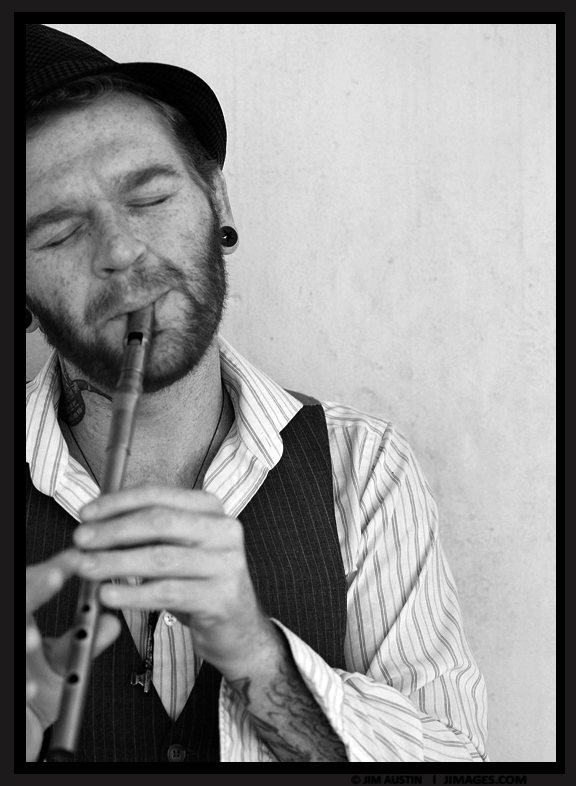
Why It Works: Moving Mind and Body
We can simulate our plans and movements to activate brain structures and circuits that are similar to those we use in the physical world. Our mental and physical brain systems are both at work in our imaginative visualization. But why does this work?
Visualization works because our mental images act as a prelude to our muscular impulses, as sunrise follows the dawn.
As we visualize, our brain cells fire almost like they do when we are physically active in the world. Even without direct practice, visualization alone can enhance our photographing, as it did with the basketball team. Add movement to imagining, and photographing becomes more efficient and smoother.
When we combine physical moves and mental visualization, we perform even better than visualization alone because another brain system, the cerebellum, gets involved.
The covering of our brain’s neurons, the myelin sheath around them, becomes thicker, which may in some cases allow nerve cells to be more efficient.
Mental visualization practice on a specific goal gives you beneficial, measurable effects. Specifically, as you combine your what you can imagine with photographing in the outside world, you may find you’ll boost your photography even more over time.
About the Author: Jim Austin is an adventure photographer, photography educator, and publisher. He works with photographers at all levels. Click the button or link for a free lesson when you sign up for a personal photography course, portfolio review, or for coaching, at http://www.jimages.com/1-on-1-Coaching.php

Sources:
1. Richardson, Alan (1967) “Mental Practice: A Review and Discussion Research Quarterly”, American Association for Health, Physical Education and Recreation, Volume 38, Issue 1, 1967.
2. “Moving While Imagining as a New Perspective for Motor Imagery Practice” was published in BioMed Central’s open access journal Behavioral and Brain Functions.


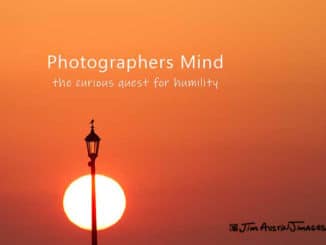

Leave a Reply